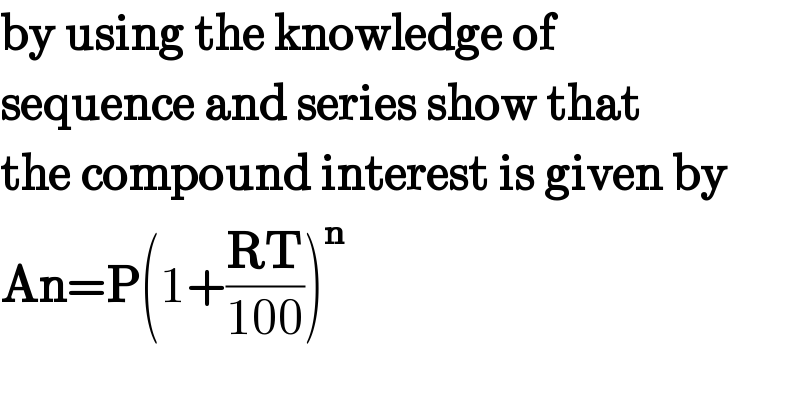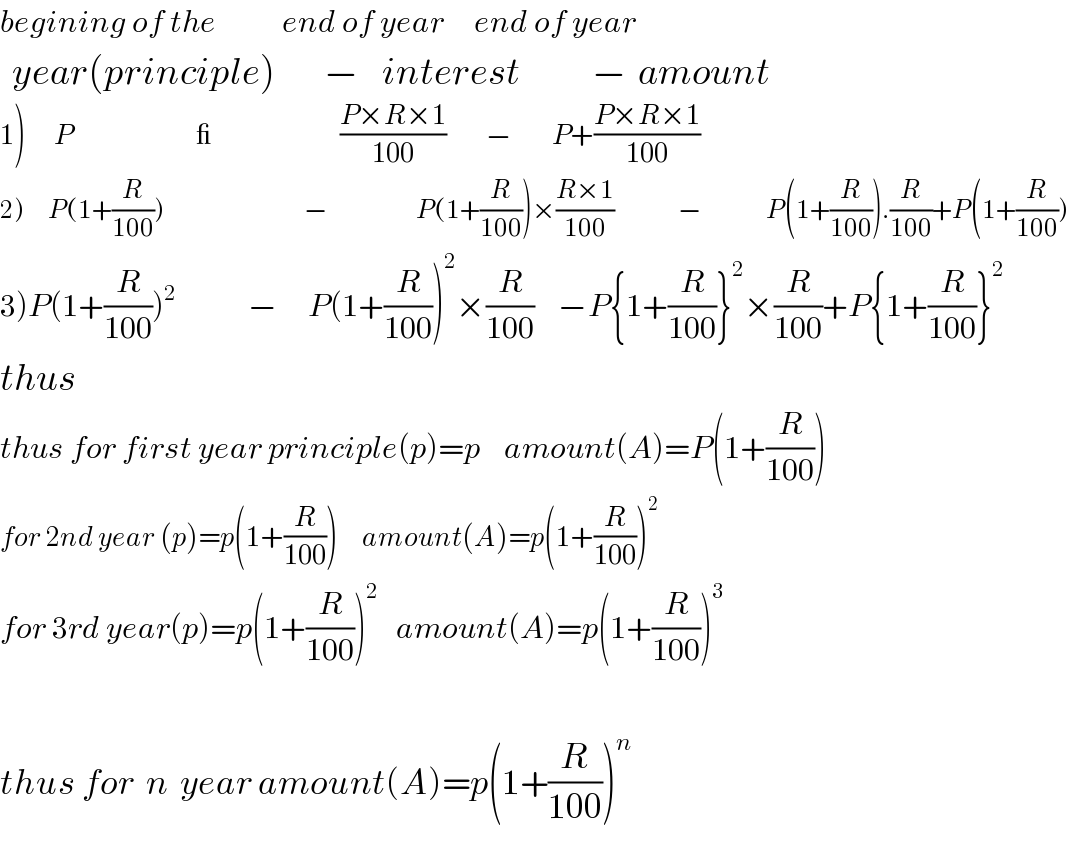
Question and Answers Forum
Question Number 41288 by mondodotto@gmail.com last updated on 04/Aug/18

Answered by tanmay.chaudhury50@gmail.com last updated on 05/Aug/18

| ||
Question and Answers Forum | ||
Question Number 41288 by mondodotto@gmail.com last updated on 04/Aug/18 | ||
 | ||
Answered by tanmay.chaudhury50@gmail.com last updated on 05/Aug/18 | ||
 | ||
| ||